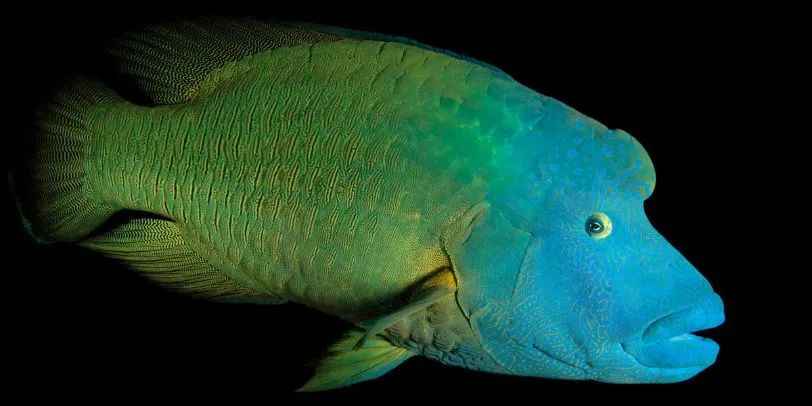Classified as "Vulnerable" by conservation experts, the Mexican caecilian is a fascinating example of evolutionary adaptation. Unlike most amphibians such as frogs or salamanders, which rely on limbs for movement, this species has traded its legs for a streamlined, cylindrical body, perfectly suited for a life underground.
Spending the majority of its life burrowed in loose, moist soil, the Mexican caecilian has developed a lifestyle centered on patience. It waits stealthily for unsuspecting prey—primarily earthworms and other small invertebrates—to pass by. Its sensory systems, adapted to the dark underground environment, help it detect the slightest movements of nearby creatures, allowing it to strike with precision when the time is right.
This amphibian's unique traits make it a crucial part of its ecosystem, contributing to soil aeration and controlling insect populations. However, its vulnerable status highlights growing threats, including habitat loss due to agricultural expansion and urbanization, as well as climate change-induced soil degradation.
Conservation efforts are now underway to protect the Mexican caecilian's natural habitats, with researchers working to better understand its behavior and ecological role. As scientists continue to study this elusive creature, they hope to raise awareness about the importance of preserving not just charismatic species, but also the often-overlooked inhabitants of our planet's soil.










